![Best Banks In California Top 11 Picks [2022]](https://www.findmybank.com/wp-content/uploads/2022/11/Best-Banks-In-California-Top-11-Picks-2022.jpg)
The best banks in California provide a wide range of products to meet different needs, competitive savings account interest rates, manageable bank fees, and contemporary conveniences. The top banks in the state are renowned for their excellent customer service and offer customers easy access from the Oregon state line to the Mexican border.
The best banks in California include Ally Bank, Wells Fargo, Bank Of The West, Bank Of America, CIT Bank…
Continue reading to learn more.
Table of Contents
Ally Bank
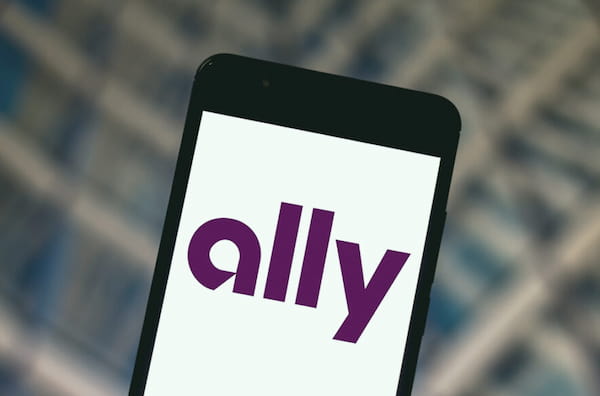
Pros
- High APY
- Great customer service
- No fees or minimums
Cons
- No branches
The long-term growth potential of bank accounts with high interest rates is substantial. Therefore, the 2.50% APY of the Ally Online Savings Account probably looks quite alluring if saving money is your primary goal. In a similar vein, Ally offers customers who use checking stable interest rates. The interest rate on the bank’s Interest Checking Account varies based on whether or not your minimum daily balance is over $15,000. A 0.25% and 0.10% APY, respectively, is applied to accounts above and below that marker. With either of these accounts, there are no fees or minimums.
A bank like Ally is known for its quality mobile services. In response, Ally has added a variety of features within the framework of its app, such as an ATM locator, digital account statements, mobile check deposit, automatic bill payment, and more. The peer-to-peer money transfer service Zelle, which is partnered with Ally, also allows you to send and receive money from friends and family. The mobile app for Ally is available for both Apple and Android devices. The app has received an average rating of 4.35 stars out of 5 between these two rival stores.
A significant query that frequently follows online banks is the simplicity and accessibility of cash withdrawals. Ally has enrolled in the 55,000-machine Allpoint ATM network to allay worries about this. For Ally customers, there are absolutely no fees associated with using these ATMs. Ally offers up to $10 in out-of-network ATM fee reimbursements per statement cycle as a fallback.
Wells Fargo
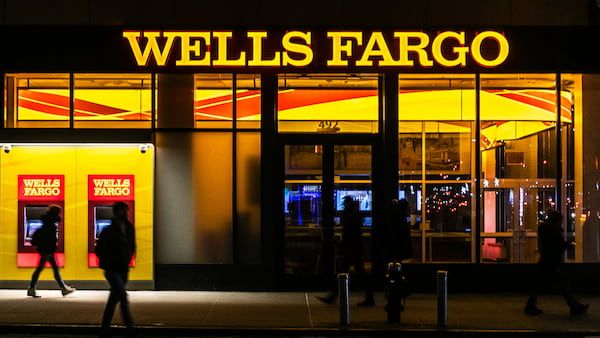
Pros
- Many branches in California
- Wide range of savings options
Cons
- Low APYs
California is home to more than 1,000 Wells Fargo branch locations. In comparison to Chase, the bank with the second-most locations, there are about 60 more branches. But working with a national bank has its benefits because it also has locations all over the country. Additionally to Washington, D.C., there are locations for frequent travelers in 40 states.).
Regardless of the type of account you need, Wells Fargo probably offers it. Numerous checking and savings accounts are available, some of which are tailored for particular customers. For instance, teenagers are the only ones who can open a checking account. Additionally, Wells Fargo offers certificates of deposit (CDs) and retirement accounts.
Services like credit cards and auto loans are available in addition to bank accounts. Wells Fargo provides the option to speak with a financial advisor if you require more thorough assistance with your finances.
Additionally strong are Wells Fargo’s online and mobile offerings. You can find information about wealth management services, opening an account, finding a loan, or searching for mortgages online.
Bank Of The West
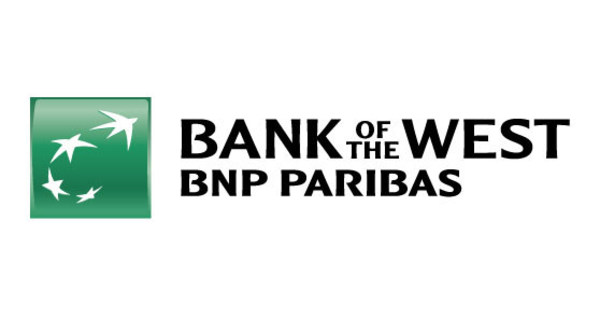
Pros
- User-friendly website and mobile app
Cons
- Low APYs
In California in 1874, the Bank of the West was established. Although it now has branches in about a dozen states, the majority of them are in California. Savings, checking, money market, and CD accounts can all be opened at the bank. It also offers secured credit cards, cash back, and rewards programs. Bank of the West can assist you if you require financing for a car, recreational vehicle, boat, or home loan.
Savings accounts have a $5 monthly fee and a $25 minimum opening deposit requirement. However, avoiding that charge isn’t too difficult. The savings accounts’ relatively low interest rates are a drawback. You can avoid the $10 monthly fee on checking accounts, which has no minimum deposit requirement, by making a deposit during a statement cycle. In a checking account, there is no interest. Although they have a higher fee (which you can also get waived), money market accounts pay out more interest than savings accounts do. CDs, with terms ranging from 32 days to five years, offer the highest interest rates.
Also appealing to customers are Bank of the West’s online and mobile banking options. You can manage the majority of your finances without calling or going to a branch by tracking your spending, creating a budget, paying bills, transferring money, and more. Bank of the West received recognition from J.D. Power for having the fourth-best customer service in California.
Bank Of America
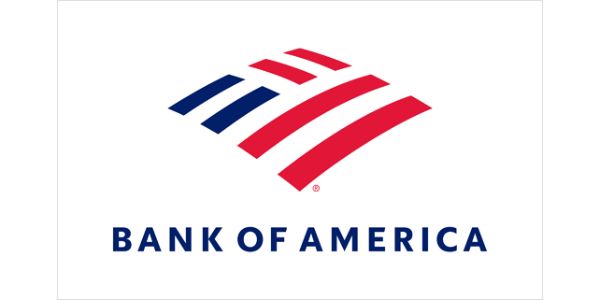
Pros
- Preferred Rewards members get special rates and savings
- Fees on many accounts can be waived
- Checkless to premium bank account options
- Robust mobile app
Cons
- High $25 monthly maintenance fee for Advantage Relationship Banking if you don’t maintain a balance of at least $10,000 in qualifying linked accounts
- Non-relationship interest rates on checking and savings accounts are low
Having a strong presence in California is another sizable, national bank, Bank of America. While you’ll find a good selection of account options, Bank of America, Member FDIC, is also a reliable source for auto loans, mortgages, and investing thanks to its partnership with Merrill Edge, a B of A subsidiary that supports the growth of your savings through self-directed or guided investing options.
For terms of six months, Bank of America’s CD rates are currently yielding 0.03% a year. However, in order to open one, you must have at least $10,000 in your account. To qualify for Preferred Rewards, your account must always have a balance of at least $20,000, but it’s well worth it. Depending on the tier you are eligible for, you may be able to boost the interest rate on your savings, increase your credit card rewards, and get lower loan fees and interest rates.
CIT Bank

Pros
- One of the best APYs on the market
- No monthly fees
- Low $100 minimum
Cons
- Must make $100 in monthly deposits or maintain a balance of at least $25,000 to earn top APY
It can be challenging to achieve requirement-based savings rates, but CIT has partially broken the mold. You only need to keep your Savings Builder account funded with at least $100 each month or a minimum balance of $25,000 to qualify for the bank’s 1.00% APY. If these requirements are not met, the rate will drop to 0.40%. The account also demands a $100 opening deposit.
CIT is an online- and mobile-only bank, which is a relatively new phenomenon, but the company seems to manage this setup well. Both Apple and Android users can download the bank’s mobile app, which has an overall rating of 3.85 stars on both platforms. The app includes all requirements, such as inter-account transfers, digital account statements, transaction histories, and account statements. You can also remotely deposit checks with CIT using the app.
Customers may open a variety of accounts in addition to Savings Builder from CIT. The bank offers a variety of term CDs, jumbo CDs, no-penalty CDs, and more. It also offers a money market account.
Chase Bank
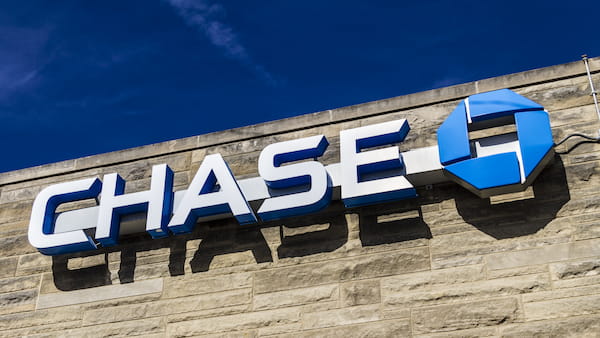
Pros
- Three types of checking accounts plus accounts for kids, high school and college students
- Regular cash bonuses for opening a new account
- Relationship rates for mortgage holders
- Full-featured ATMs and mobile app make it possible to pay bills and Chase credit cards, make deposits and more
Cons
- Less-than-competitive interest rate of 0.01% on savings
- Monthly maintenance fees as high as $25 require a higher balance or linked mortgage with autopayments to waive
One of the biggest banks in the US is Chase. and has a major presence in California. There are more than 4,700 branches nationwide, and many California cities are home to them.
Chase stands out for the variety of products it offers in addition to having many locations. For a one-stop financial solution, you’ll have access to credit cards, mortgages, personal loans, and CD accounts in addition to checking, savings, and CD accounts.
U.S. Bank
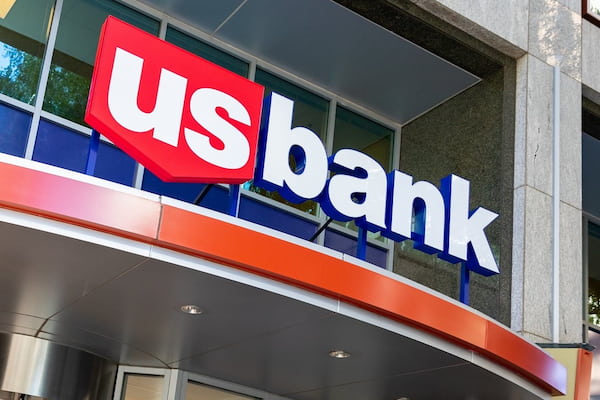
Pros
- Hundreds of branches in California
- Wide range of banking products
Cons
- Low APYs
California is home to about 650 U.S. In the state, Bank is widely spread out. Additionally, you can be sure that you’ll get excellent customer service.
the U.S. J.D. Power report A 2017 U.S. study on customer satisfaction with retail banking This study considers a number of factors, such as a bank’s capacity to manage client issues, the frequency of its branches, its fee structures, and its product offerings, and bank came in second. A bank’s customer service practices can be discerned well from the rating.
Additionally, you can feel secure banking with the U.S. bank because it offers a variety of financial products. You can open money market accounts, credit cards, a variety of loans, in addition to standard savings and checking accounts.
Union Bank
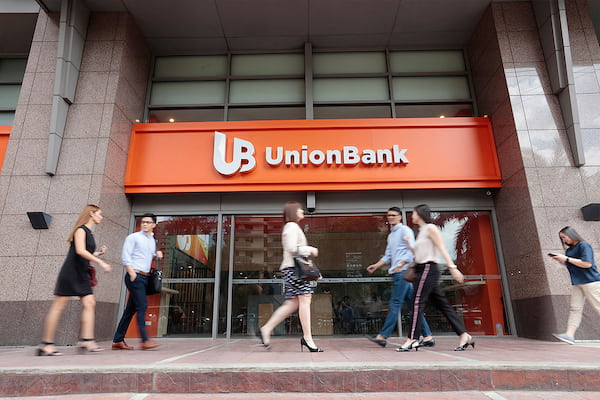
Pros
- ATMs in multiple countries
Cons
- Not the most user-friendly website
You can earn interest on your money by opening a Union Bank Priority Banking® Checking Account at a rate of 0.01%. No matter how much money is in your account, you can still get this rate. Many banks only provide checking accounts to customers with large balances or they only provide accounts with no interest. Additionally, if you keep a balance of at least $2,500, you can increase that interest rate significantly to 0.05%.
You have free, unrestricted access to all of Union Bank’s ATMs worldwide with this checking account. Free checks and unrestricted incoming wires are additional benefits.
If you have a mortgage with Union Bank or have at least $25,000 in total accounts with Union Bank, you can avoid paying the $25 monthly fee. Even if the fee isn’t refundable, having a Priority account entitles you to waive the service fees for two personal deposit accounts, one business checking account, and one IRA. A checking account may therefore enable you to make overall financial savings if you intend to open several accounts with Union Bank.
East West Bank
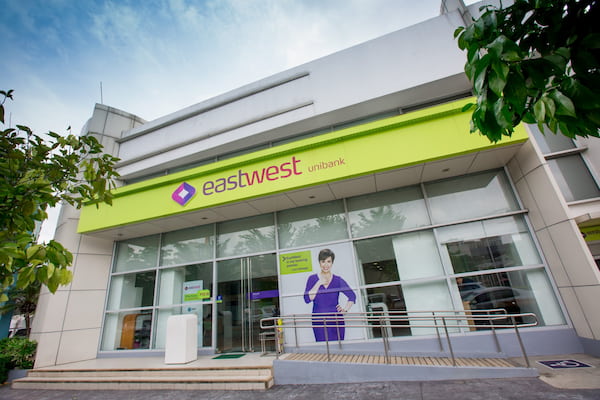
Pros
- Low monthly fees
- Strong customer service
Cons
- College Students
Working with East West Bank will help new college students start out financially well. A Student Plus Savings account that pays interest at 0.01% can be opened with just a $100 minimum deposit. There is a $3 monthly fee, but East West Bank will waive it if you receive at least one direct deposit into the account each month.
Additionally, there are features in the Student Plus Checking account that make managing your money simpler. For instance, there is no monthly maintenance charge. Along with opening an account, you will receive a Visa debit card. You will receive monthly reimbursements from East West Bank for all out-of-network ATM fees as long as you withdraw money from ATMs using that debit card. The Student Plus Checking account’s drawback is that it doesn’t pay interest. To better meet your banking needs, it might be a good idea to pair it with the savings account.
First Citizens
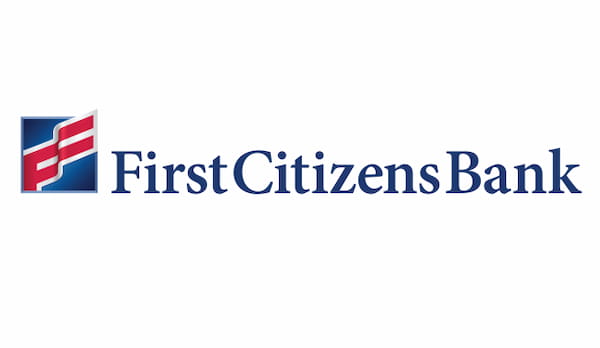
Pros
- Free checking with a $50 minimum to open
- Low minimum of $500 for CDs
- Better-than-average interest rates for savings, CDs and money market accounts
- Mobile banking app compatible with smart devices including watches
- Unlimited transfers and withdrawals allowed at branches for money market account holders
Cons
- The bulk of the branches are concentrated in Southern California
- Minimal interest rate of 0.05% earned on premium checking accounts
One of the lowest requirements to open a bank account is with First Citizens. Low minimum opening requirements and options for free checking and savings accounts are available. Residents of Southern California can benefit from First Citizens’ banking services to the fullest. The majority of the 121 locations are concentrated in the Los Angeles-Orange County region and offer unique benefits like unlimited transactions for money market account holders.
For CDs, First Citizens is a good bank. Earning 0.15% APY on sums over $500 is possible if you won’t need the money for four to five years. Otherwise, a balance of $5,000 and a term of one year are necessary for the best shorter-term rate of 0.10% APY.
FirstBank
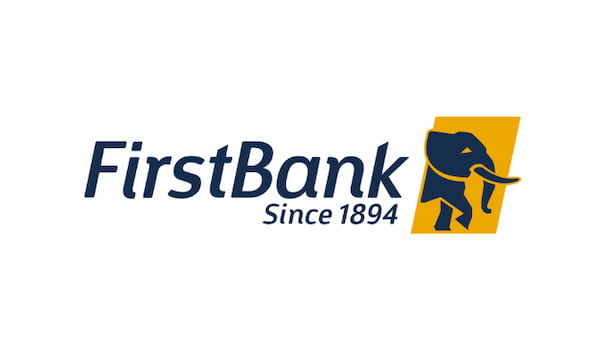
Pros
- Highly-rated mobile banking app
- You can open an account online
- Accounts with no minimum opening requirements available
- Loans, retirement planning and business banking also available
Cons
- Low yields on nearly all account types and balances
- Only four branches in California
Although FirstBank is smaller than some of the Californian banks that have been examined, it has rapidly increased its market share since its founding in 1963. Arizona and Colorado locations are available in addition to those in the Californian region of Palm Desert. If you don’t live close to a branch, you can fortunately bank online and through a mobile app.
For those just starting out in banking, the Bloom package is ideal. With no monthly maintenance fees or minimal opening requirements, the combination offers a linked basic checking and savings account. To build a rainy day fund, you can set up automatic transfers, and you can even round up your debit card purchases to add spare change to your savings.
Types Of Banks In California
Customers in California have a variety of financial institutions to choose from, each of which can accommodate a different set of requirements and preferences. These four banking options are the most popular.
National Banks
America’s banking giants, the enormous household names with extensive branch networks, predominate in the state’s banking industry. They provide a wide range of banking services, including checking and savings accounts, mortgages, credit cards, and investment services. Chase, Wells Fargo, a San Francisco-based bank, and Bank of America are the three largest banks in the state, and they each have trillions of dollars in assets.
Regional Banks
Regional banks have networks of locations restricted to one region of the United States., like the California alone or the Western states. For both consumers and businesses, these midsize banks typically offer a variety of banking products. A regional bank is one that has total assets between $10 billion and $100 billion, according to the Federal Reserve.
Community Banks
Community banks that focus on specific geographic areas make up more than 90% of banks in America. The majority of the local community’s residents who benefit from bank lending are depositors. Community banks in California may only have one or two locations and provide a small range of banking services. A community bank, according to the Fed, has assets worth less than $10 billion.
Online Banks
Online banks may not be what you think of when you hear “California banks,” because the banks operate virtually anywhere—digitally—instead of through traditional brick-and-mortar locations. While some online banks might only offer certain types of accounts, others might offer a full range of goods and services. The overhead costs of the banks are typically lower than those of traditional banks, and they frequently pass those savings on to customers in the form of competitive interest rates and reduced bank fees.
Read about
How To Choose The Right Bank In California
Your financial situation, preferences, and needs will all influence which bank you choose. When selecting a financial institution for your banking, take into account these factors.
Accounts And Services
Check to see if the banks on your shopping list offer the accounts and services you require. There are several common account types, including checking, savings, money market, and certificate of deposit (CD) accounts. Credit cards, loans, and investment services are just a few of the extra services and products that full-service banks might offer.
To benefit from each bank’s unique strengths, you might choose to use more than one bank. While another bank might offer more convenient account access, another bank might have more competitive rates.
Fees
For a variety of services, many banks impose one-time or ongoing fees. If a customer’s account falls below a minimum balance each month, the bank may impose a service fee. Overdraft, non-sufficient funds (NSF), excessive withdrawal, ATM, late payment, and wire transfer fees are just a few additional fees that may apply. Your savings efforts may be hampered by high bank fees.
Interest Rates
Online banks and credit unions typically offer higher interest rates on deposit accounts than traditional banks. Earning competitive APYs, or annual percentage yields, can help you make the most of your efforts and accumulate savings for a variety of objectives.
Convenience
It’s not just about where you keep your money; it’s also about how simple it is to get to it. Choose a bank that provides easy ways for you to manage your accounts.
Discover a bank that provides fee-free ATM access if you think you might need cash. You can manage your money around-the-clock from any location with the help of a top-rated mobile banking app, which frequently includes features like online bill payment and mobile check deposits.
Customer Service
You might occasionally require assistance with your accounts. A bank with local branches or that provides direct customer service over the phone might be the best option for you if speaking with a live person is important to you. Some banks offer online support via chat, virtual assistants, and other means. Choose a bank with support options that fit your communication preferences.
Tips On Banking In California
Selecting a bank is a subjective choice. For you, the ideal bank might not be the one for someone else. Find the bank that best fits your needs by thinking about what’s important to you in one, then comparing your options.
When looking for a brick-and-mortar bank in California that can meet your needs, compare the banks in your neighborhood.
A growing number of conventional banks have begun to provide online banking, but they frequently lack the aggressive APYs offered by the best online banks. Opening an account at an online bank can help you avoid fees and gain access to higher interest rates if you feel comfortable doing all of your banking online. If you satisfy the requirements for membership, the same is true for credit unions.
There is no requirement that you conduct all of your banking in one location. If you prefer features at various banks, using two or more banks might be a great choice.


